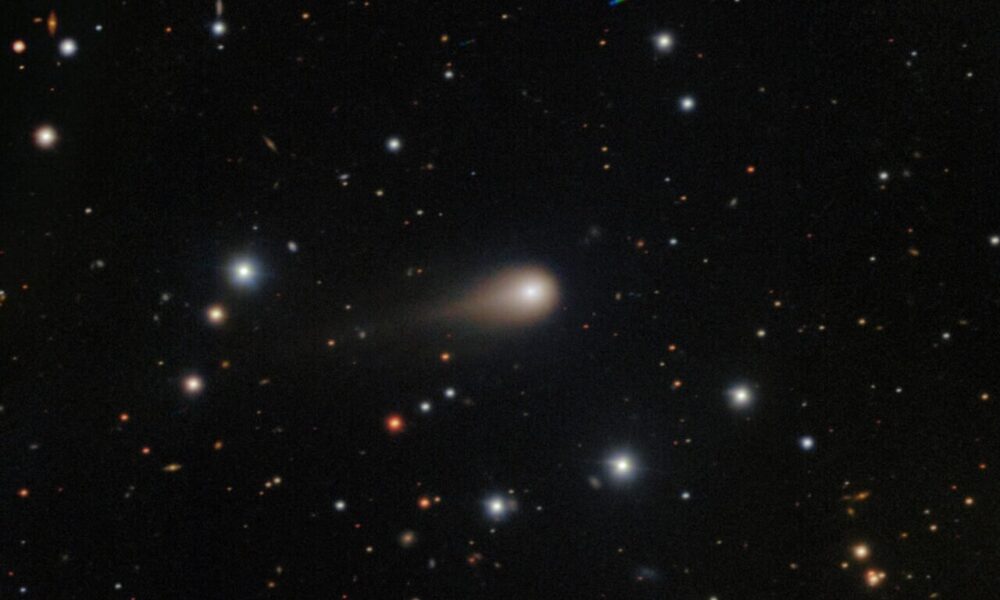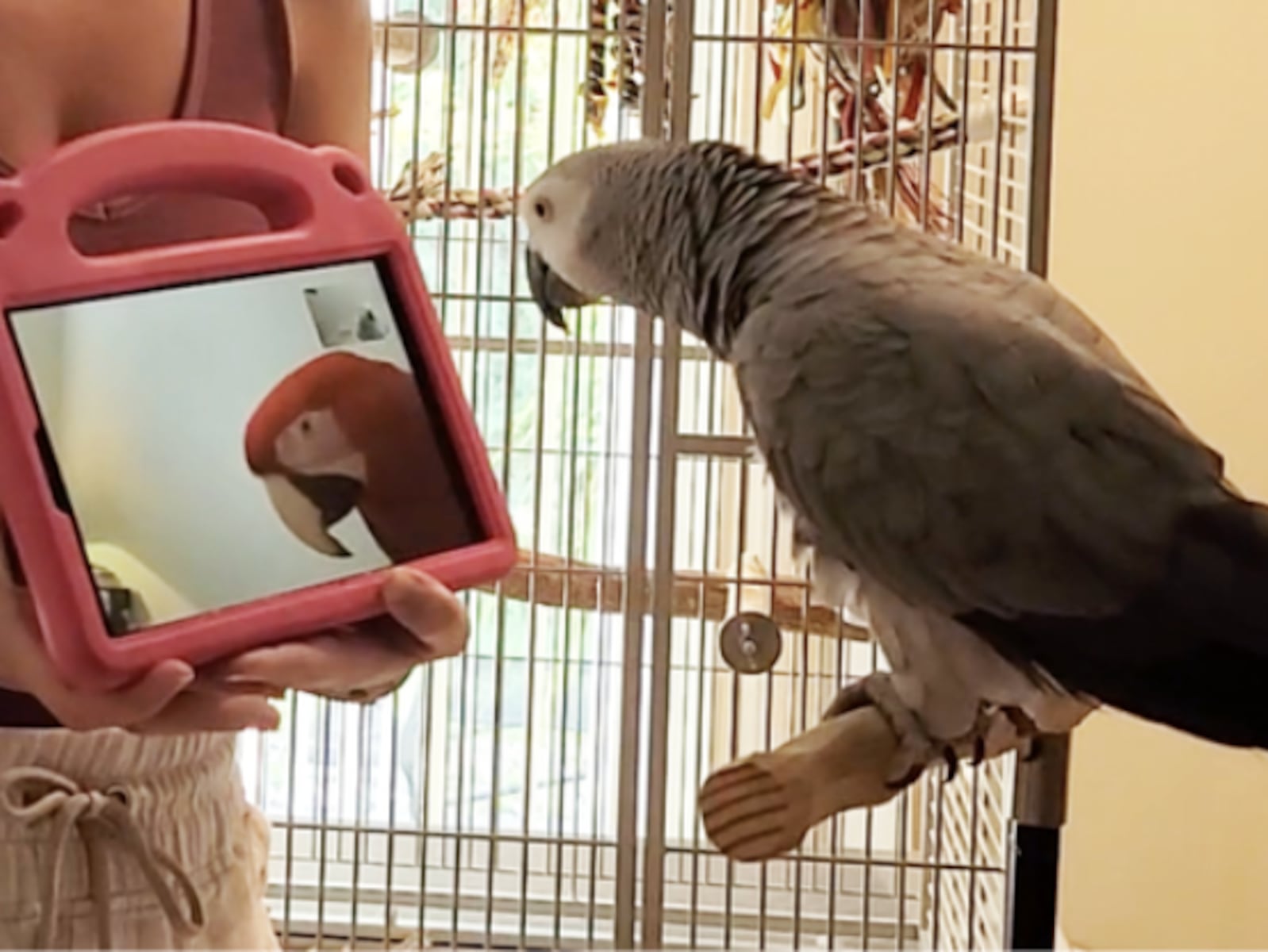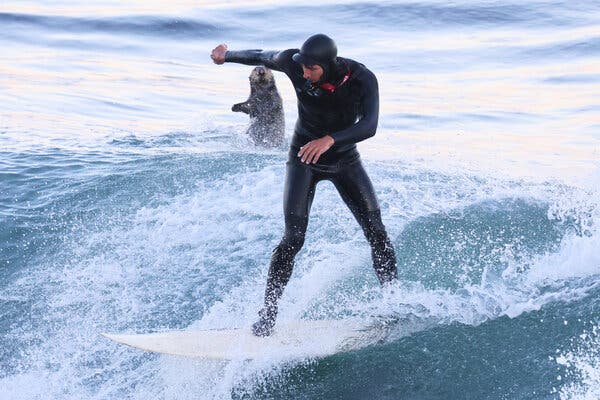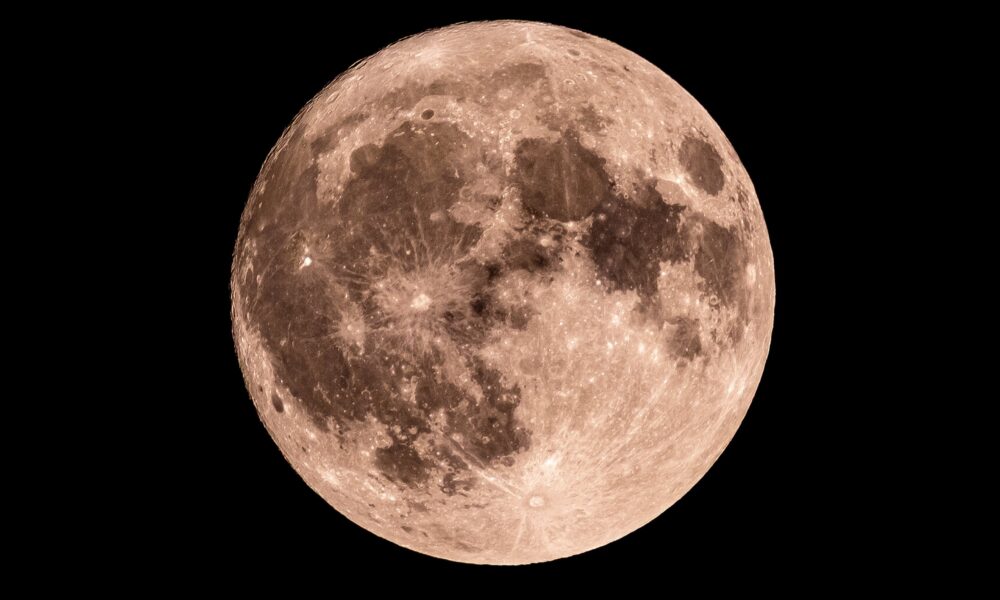NASA’s Europa Clipper spacecraft may soon encounter the interstellar comet 3I/ATLAS, presenting a rare opportunity to collect material from its ion tail. According to research by two European scientists, the probe could intersect with the comet’s charged particle stream between October 30 and November 6, 2023. This event would mark the first time any spacecraft has directly sampled materials from an object originating beyond our solar system.
The study, which has not yet undergone peer review and is available on the preprint server arXiv, indicates that the trajectory of 3I/ATLAS allows for this unique interaction. The comet, discovered in early June, has been accelerating towards the Sun, causing its icy core to heat up and release gas and dust. This increase in activity enhances the likelihood that Europa Clipper can collect meaningful data.
Potential for Groundbreaking Discoveries
Co-author Samuel Gran, a postdoctoral researcher at the Finnish Meteorological Institute, emphasized the significance of this research. “We have virtually no data on the interior of interstellar comets and the star systems that formed them,” he stated. Gran explained that sampling the ion tail would represent the closest opportunity to collect material from such an object, offering insights into a different part of the galaxy.
As Europa Clipper journeys toward Europa, one of Jupiter’s 95 moons, it is equipped with advanced instruments designed for studying the moon’s potential to harbor life. These instruments might also be utilized to analyze the ion tail of 3I/ATLAS. The comet’s ion tail is propelled directly by solar wind, creating a stream of charged particles that Europa Clipper could potentially capture.
Researchers Gran and Geraint Jones, a project scientist at the European Space Agency and principal investigator of the Comet Interceptor mission, employed their “Tailcatcher” computer program to assess the probability of the spacecraft crossing the ion tail. Their calculations suggest that Europa Clipper might intercept packets of solar wind carrying ions from 3I/ATLAS, although several variables could complicate this process.
Challenges Ahead
Despite the promising predictions, several challenges remain. The instruments required for analysis are currently inactive as the probe travels towards Jupiter. With a government shutdown in effect, it is uncertain whether NASA will be able to activate these instruments in time for the planned encounter. Additionally, the solar wind must blow in a favorable direction and at the right strength to ensure the probe can detect the heavier ions from the comet’s tail.
3I/ATLAS is set to reach perihelion—its closest approach to the Sun—on October 29, 2023. This timing may work in favor of Europa Clipper, as the comet’s tail will be at its broadest just prior to the crossing window. If the spacecraft successfully encounters the ion tail, it would represent a significant milestone in space exploration, as Gran and Jones noted.
Even if Europa Clipper cannot directly measure the ions, it may still gather valuable data through magnetic field draping and shock signatures, providing insights into the composition and structure of the ion tail. This mission exemplifies the ongoing quest to expand our understanding of celestial bodies that traverse our solar system from distant star systems.






